Lipoproteins Have Been Associated With A Decrease In Risk For Coronary Artery Disease.
Lipoproteins have been associated with a decrease in risk for coronary artery disease.. 38 Furthermore in these patients fluvastatin treatment was associated with improved event-free survival although the study was not designed to address clinical benefit. Specific lipoproteins are risk factors for cardiovascular disease and other metabolic diseases. The increase in plasma TG and decrease in HDL cholesterol are risk factors of coronary heart disease.
Moreover previous studies of coronary artery disease have consistently demonstrated an attenuation in LDL-Cassociated risk with advancing age21-23 We reexamined the strengths of the relationship between total cholesterol TC level lipoprotein levels and AVC with particular attention to the influence of age on AVC relative risk RR. The evidence for a relationship with cancer risk however is not entirely consistent. For other uses see LDL disambiguation.
These findings collectively raised the possibility of a relationship between increased lipid and apoC. Higher lipoprotein a levels have been shown to lower the chances of survival in a person whos had a heart attack. Lipoproteins are lipid transport molecules that transport plasma lipids.
In the small Lipoprotein and Coronary Atherosclerosis Study involving fluvastatin the greatest angiographic benefit was observed in a subgroup of patients with HDL-C concentrations. Elevated plasma triglycerides and very-low-density lipoproteins are directly associated with the risk of atherosclerotic heart disease although not as independent risk factors. In fact HDL3 particles of familial hypercholesterolemia patients have diminished antioxidant and anti-inflammatory function.
The mechanisms by which inflammation and infection decrease HDL levels are uncertain. Using Mendelian randomization major advances have been made in determining the causal associations between plasma levels of lipoproteina low-density lipoprotein LDL cholesterol triglycerides TG. But LDL is also essential for carrying lipids that keep the human body alive including in.
The most common changes are decreases in serum HDL and increases in triglycerides. Lipoprotein cholesterol data from the Framingham Heart Study show that low-density lipoprotein LDL and high-density lipoprotein HDL cholesterol levels are important in determining risk for coronary artery disease CAD. 64 Collectively these findings suggest that high-MUFA diets may confer benefits on CVD risk factors beyond those associated with plasma lipids and lipoproteins.
Circulating concentrations of lipid biomarkers are associated with risk of cardiovascular diseases CVD. Similarly Lee et al11 reported that low-density lipoprotein LDL-containing apoC-III is an independent risk factor for coronary events in diabetic patients.
The mechanisms by which inflammation and infection decrease HDL levels are uncertain.
In addition a coordinated decrease in the content of Apo L1 and LCAT in HDL3 has been related to the presence of corneal arcus and to bad prognosis in familial hypercholesterolemia patients after an acute ischemic event. In contrast high levels of high-density lipoprotein cholesterol have been found to be a protective factor for the development of that disease so that decreased levels constitute a risk factor. 38 Furthermore in these patients fluvastatin treatment was associated with improved event-free survival although the study was not designed to address clinical benefit. While it has been proven via multiple studies that elevated levels of low-density lipoprotein LDL contribute to the development of atherosclerosis high-density lipoprotein HDL is. Similarly Lee et al11 reported that low-density lipoprotein LDL-containing apoC-III is an independent risk factor for coronary events in diabetic patients. Moreover previous studies of coronary artery disease have consistently demonstrated an attenuation in LDL-Cassociated risk with advancing age21-23 We reexamined the strengths of the relationship between total cholesterol TC level lipoprotein levels and AVC with particular attention to the influence of age on AVC relative risk RR. For other uses see LDL disambiguation. Increased LDL and decreased HDL cholesterol levels are associated with an increase in CAD. Lipoproteins are lipid transport molecules that transport plasma lipids.
Similarly Lee et al11 reported that low-density lipoprotein LDL-containing apoC-III is an independent risk factor for coronary events in diabetic patients. The increase in serum triglycerides is due to both an increase in hepatic VLDL production and secretion and a decrease in the clearance of triglyceride rich lipoproteins. Lipoprotein a Lpa and homocysteine. For other uses see LDL disambiguation. In addition a coordinated decrease in the content of Apo L1 and LCAT in HDL3 has been related to the presence of corneal arcus and to bad prognosis in familial hypercholesterolemia patients after an acute ischemic event. But LDL is also essential for carrying lipids that keep the human body alive including in. Moreover previous studies of coronary artery disease have consistently demonstrated an attenuation in LDL-Cassociated risk with advancing age21-23 We reexamined the strengths of the relationship between total cholesterol TC level lipoprotein levels and AVC with particular attention to the influence of age on AVC relative risk RR.












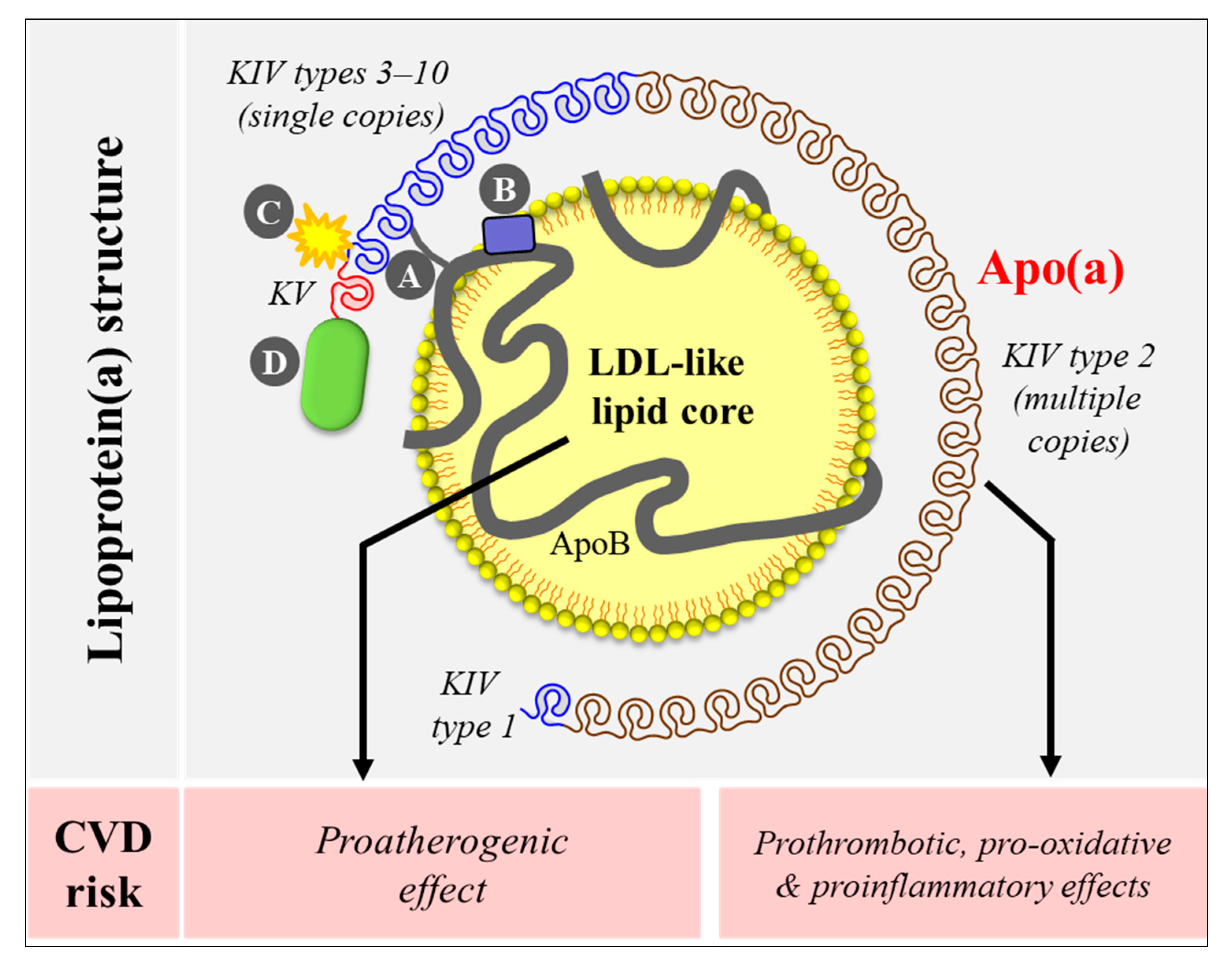


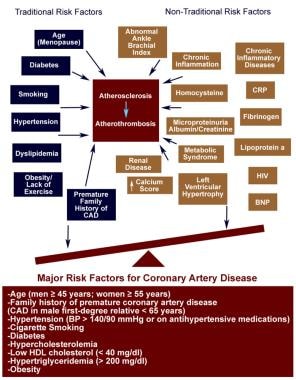




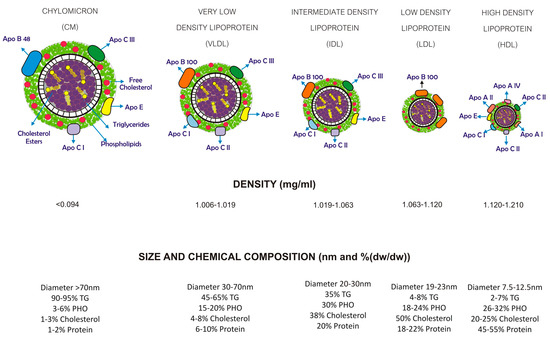



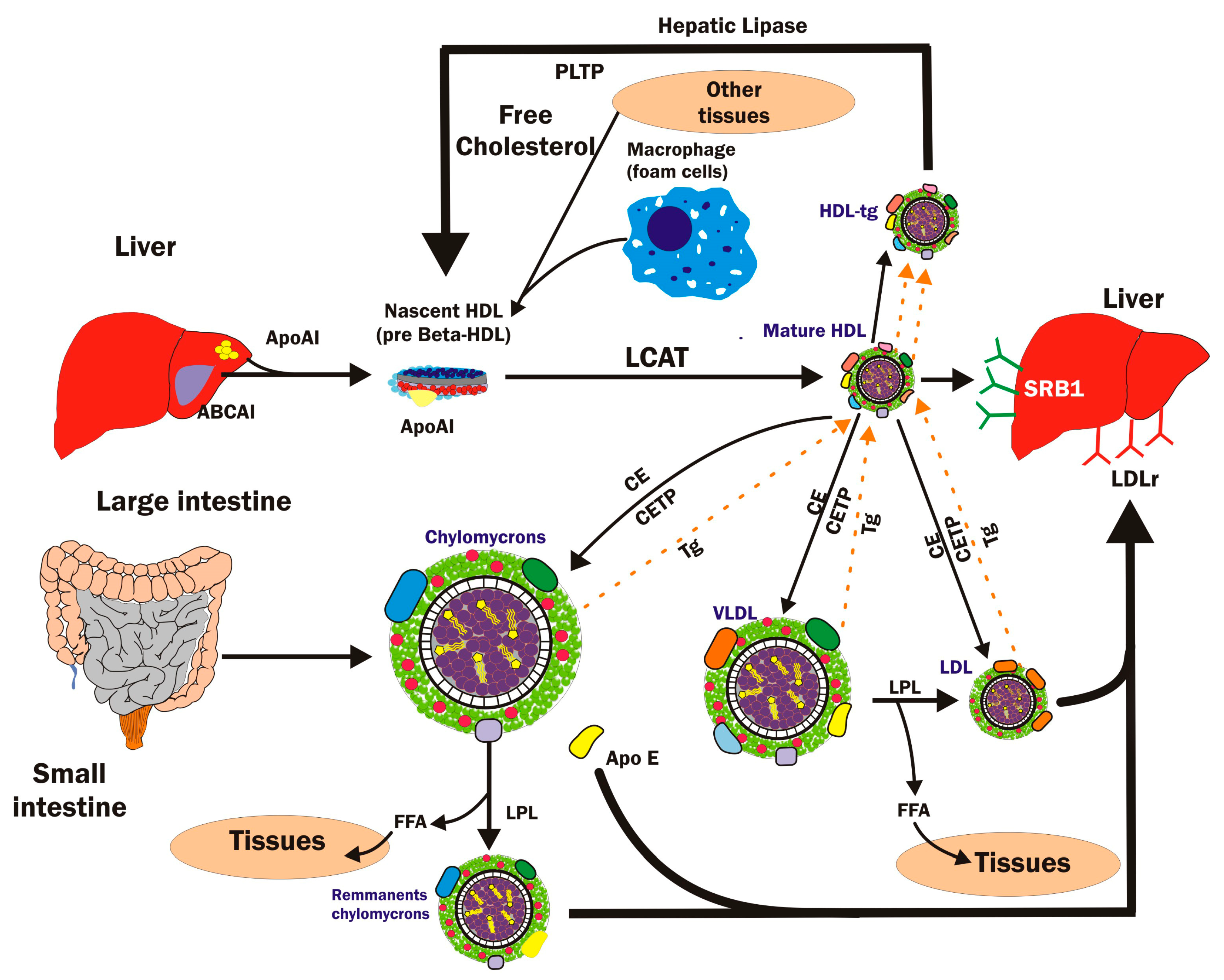

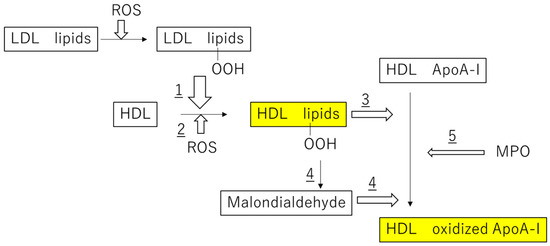






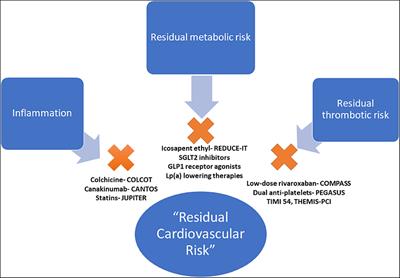


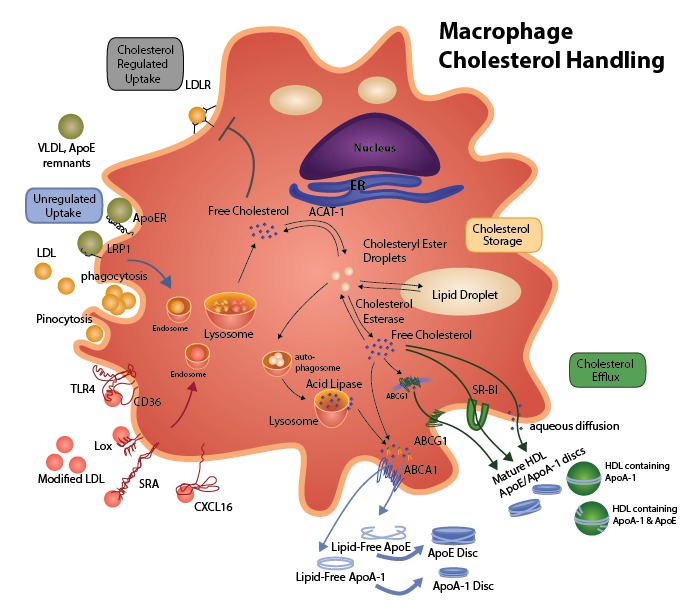

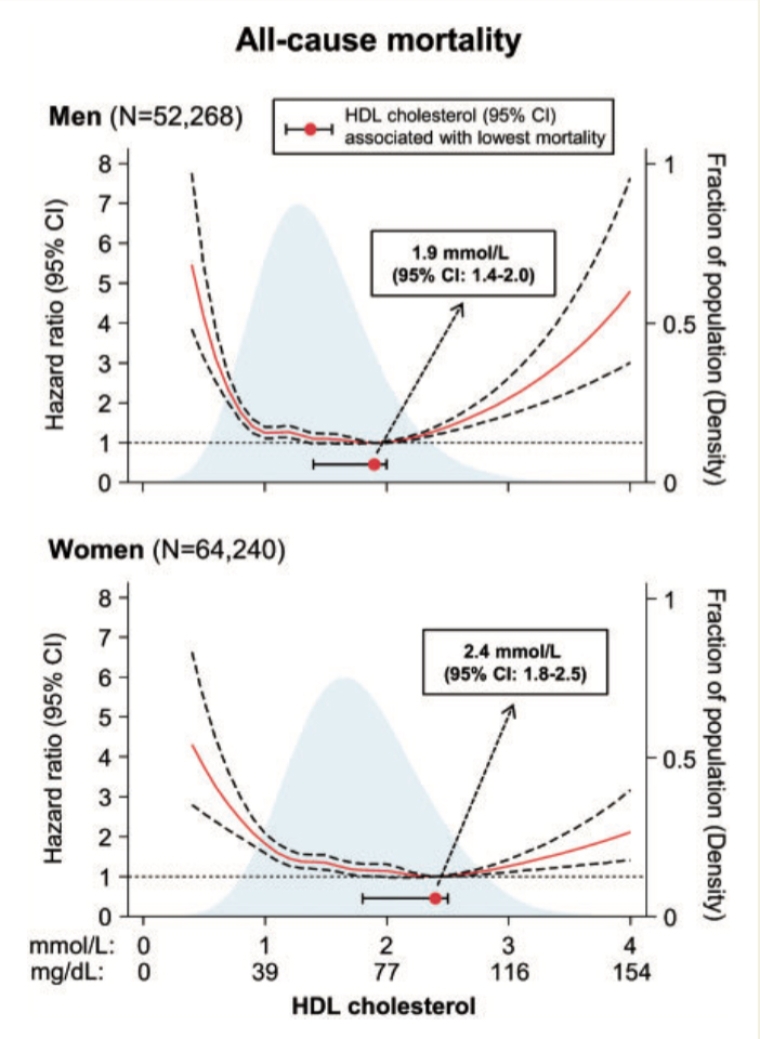




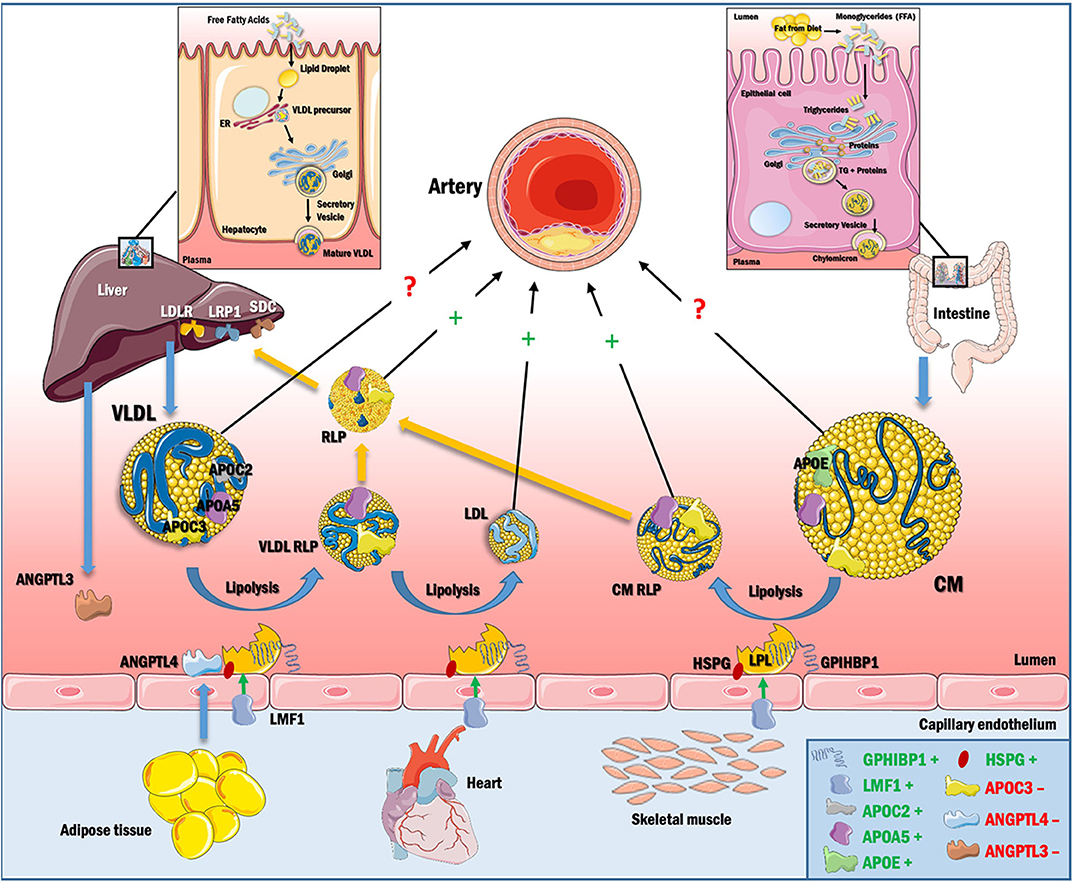




Post a Comment for "Lipoproteins Have Been Associated With A Decrease In Risk For Coronary Artery Disease."